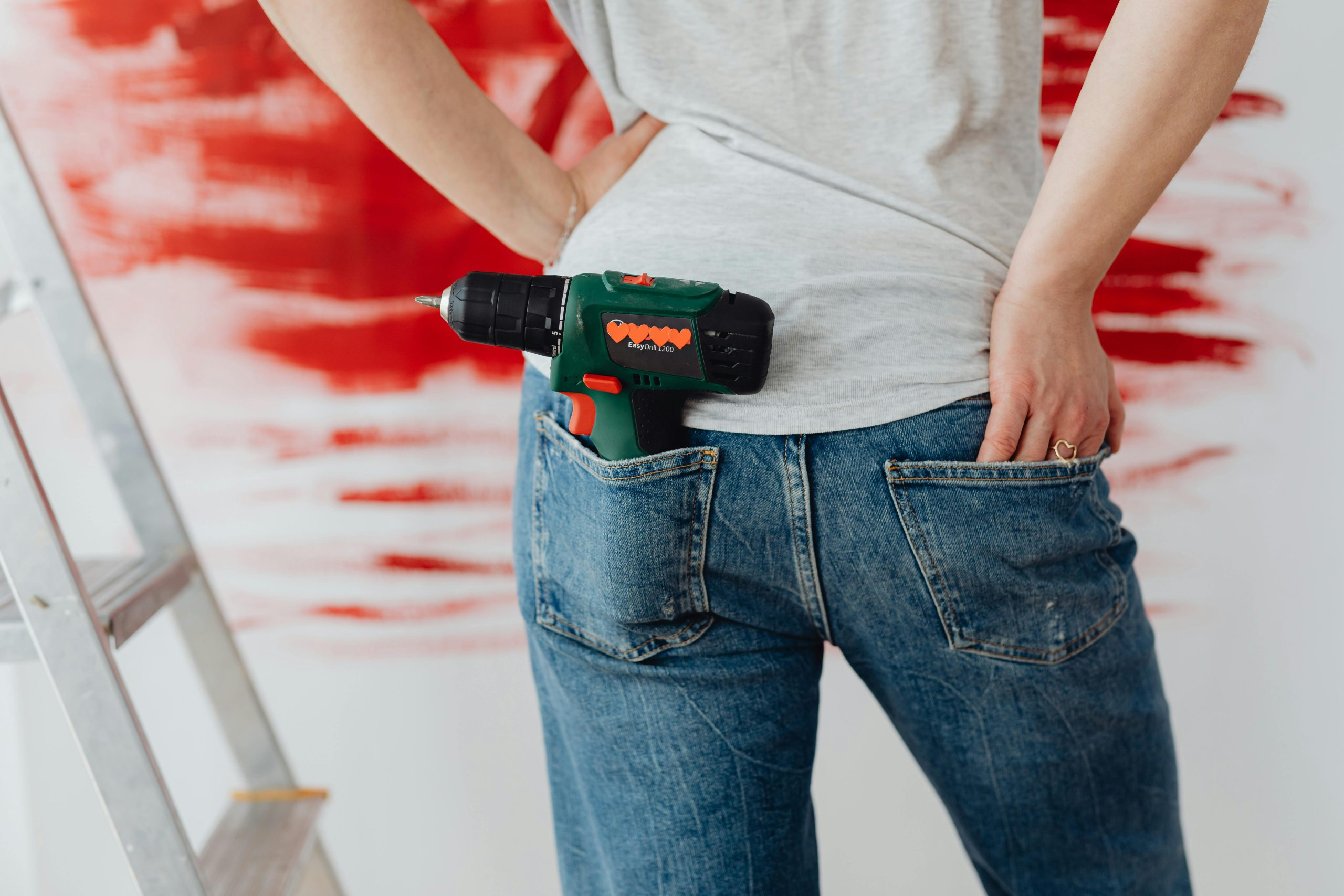Predictive Maintenance 2.0: AI That Anticipates Hardware Failures
In today’s fast-paced world, technology is constantly evolving and pushing the boundaries of what was previously thought possible. This is especially true in the realm of predictive maintenance, where the latest development – Predictive Maintenance 2.0 – is transforming the way companies approach equipment maintenance. Gone are the days of reacting to hardware failures, as the new AI-powered predictive maintenance technology allows for proactive measures to be taken in order to anticipate and prevent these failures from happening. In this article, we will delve into the world of Predictive Maintenance 2.0 and explore how this cutting-edge technology is revolutionizing the maintenance industry.
The Basics of Predictive Maintenance
Understanding Predictive Maintenance
Predictive maintenance is a methodology that uses data analysis techniques to predict when a piece of equipment is likely to fail. By continuously monitoring various parameters of the equipment, such as temperature, vibration levels, and other performance indicators, potential failures can be anticipated and addressed before they occur. This type of maintenance differs from traditional preventive maintenance, which is performed on a predetermined schedule, regardless of the actual condition of the equipment.
The Benefits of Predictive Maintenance
The benefits of predictive maintenance are numerous. Not only does it reduce the risk of unexpected equipment failures and downtime, but it also allows for better planning and scheduling of maintenance activities, leading to optimized use of resources and improved efficiency. Additionally, by catching potential problems before they escalate, predictive maintenance can save companies significant amounts of money by avoiding costly repairs or replacements.
Predictive Maintenance 2.0: The Future is Here
Introducing AI-Powered Predictive Maintenance
While traditional predictive maintenance methods have proven to be effective, they still require a significant amount of manual data analysis and can be prone to human error. This is where Predictive Maintenance 2.0 comes in – powered by artificial intelligence, this technology takes predictive maintenance to a whole new level.
The Role of AI in Predictive Maintenance 2.0
AI algorithms are trained on large amounts of data collected from the equipment, and can pick up on patterns and anomalies that even the most skilled human technician may not be able to detect. By continuously learning and adapting from incoming data, the AI can adjust its predictions and make more accurate recommendations for maintenance actions.
The Impact of Predictive Maintenance 2.0
Improved Equipment Reliability and Performance
One of the biggest impacts of Predictive Maintenance 2.0 is the improved reliability and performance of equipment. By anticipating failures and taking preventive measures, the downtime caused by unexpected equipment failures is greatly reduced. This leads to improved productivity and increased overall equipment effectiveness (OEE).
Reduced Maintenance Costs
Another significant impact of Predictive Maintenance 2.0 is the cost savings it offers. By addressing potential problems before they escalate, companies can save money on costly repairs or replacements. Additionally, by optimizing maintenance schedules based on actual equipment condition, unnecessary maintenance tasks can be avoided, further reducing costs.
Paving the Way for Industry 4.0
Predictive Maintenance 2.0 is also a crucial component of Industry 4.0 – the fourth industrial revolution that promises increased automation and data exchange in manufacturing. By leveraging the power of AI, this technology is paving the way for smarter, more efficient and autonomous factories of the future.
In conclusion
Predictive Maintenance 2.0 is set to change the maintenance game. By leveraging the power of AI, this technology is able to anticipate and prevent hardware failures, leading to improved equipment reliability, reduced maintenance costs and paving the way for Industry 4.0. As more companies start to adopt this cutting-edge technology, we can expect to see even greater advances in the maintenance industry, making equipment downtime a thing of the past.











